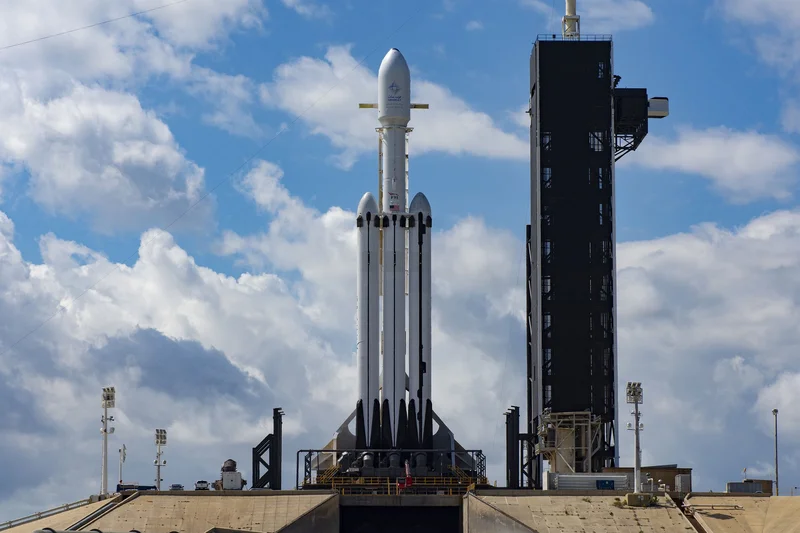Generated Title: Sentinel-6B Launch: A Trillion-Dollar Weather Bet?
Alright, let's talk about the Sentinel-6B launch. SpaceX lofted another payload into orbit, this time a joint US-European ocean monitoring satellite. Liftoff was Sunday night from Vandenberg. We're told it's about measuring sea levels, wave heights, and ocean winds. Sounds straightforward enough. But is it?
The Cost of Certainty
The Sentinel-6B is the second of two "Jason Continuity of Service" missions, following Sentinel-6A Michael Freilich (launched back in 2020). We're looking at a continuation of a 30-year data stream. This is where things get interesting. Thirty years of data is valuable, if you know what to do with it. The claim is that this data will protect coastal infrastructure, improve weather forecasting, and support commercial sea activities. All noble goals, but let's break it down.
The satellite itself weighs 1,190 kg and operates in a low-Earth orbit 1,336 km above the surface. It'll observe 95% of Earth’s oceans, repeating its track every 10 days. The primary instrument, Poseidon-4, uses radar to measure the distance to the ocean surface. It's accurate, no doubt. But accuracy doesn't equal actionable intelligence.
The key question: what's the ROI on this data? The article mentions protecting coastal infrastructure. Okay, let's say a new seawall costs $100 million. Does Sentinel-6B data really improve the decision-making process enough to justify the cost of the mission—which, spread across multiple agencies and years, is substantial (likely hundreds of millions, if not billions, when all is said and done)? I haven't seen a proper cost-benefit analysis, and that's a red flag. (This is where I'd usually dig through government reports, but those are rarely transparent.)
The FAA Factor
Then there's the FAA angle. The launch occurred during a period when the FAA had imposed nighttime launch restrictions due to the government shutdown. SpaceX, being the launch juggernaut it is (more than 100 Starlink missions this year alone, the article notes), was most affected. They still managed to launch Sentinel-6B, but it highlights a vulnerability: reliance on government agencies for access to space. Sentinel-6B ocean monitoring satellite launches aboard Falcon 9

The FAA lifted the ban on daytime launches on Monday, but the fact that it happened at all is concerning. It shows how easily external factors can disrupt even the most critical missions. Now, the article notes that Blue Origin got an exemption for their ESCAPADE Mars mission. So, there's flexibility. But that flexibility comes at a cost: lobbying, paperwork, and potential delays.
Speaking of costs, the launch itself was on a Falcon 9, a partially reusable rocket. This was the third flight for booster B1097.3, which landed back at Vandenberg. Reusability is crucial for driving down costs, but it also adds complexity. Each landing and refurbishment introduces potential points of failure. Is the savings from reusability worth the added risk? I'd need to see the failure rate data to be sure.
Parsing the "Benefits"
The article claims the data will improve weather forecasting. How? What specific models will be improved, and by how much? A 1% improvement in forecast accuracy might not be worth the cost. A 10% improvement, maybe. But without those numbers, it's just marketing fluff. I've looked at hundreds of these mission statements, and this one feels particularly vague.
The final "benefit" is supporting commercial sea activities. Again, vague. Does this mean better shipping routes? More efficient fishing? The article doesn't say. It's all left to the imagination.
A Very Expensive Guessing Game
The Sentinel-6B mission is technically impressive. No one can deny that. But the justification for its existence feels shaky. Thirty years of uninterrupted data is great, but only if that data leads to tangible improvements in decision-making. Otherwise, it's just a very expensive guessing game.
